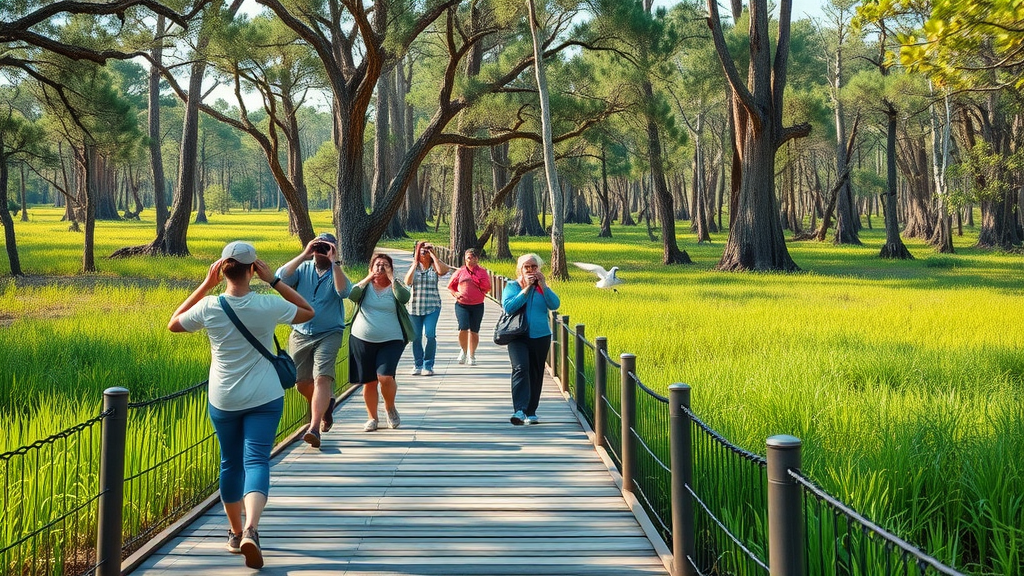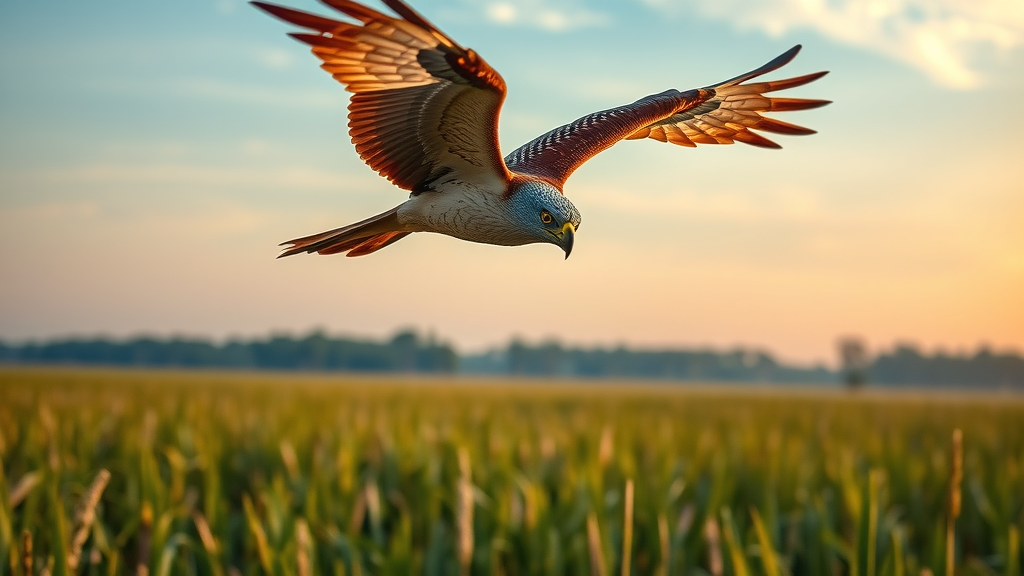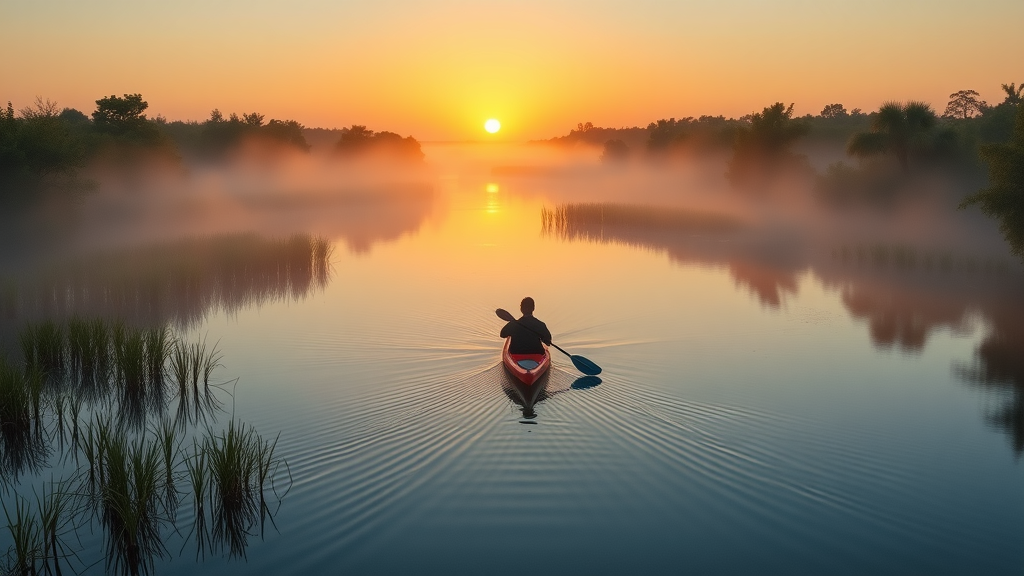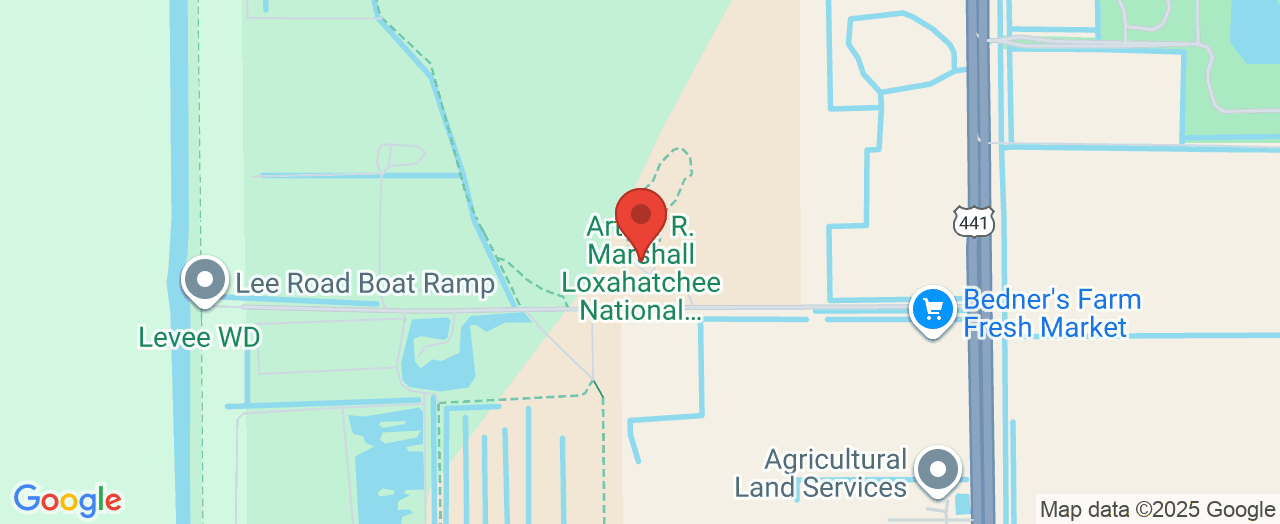Unveiling Florida’s Wild Side: Everglades Adventure Awaits Just Beyond the City
What would it take to truly disconnect from urban life—and reconnect with nature’s untamed beauty? For millions living in or visiting South Florida, the answer is surprisingly close at hand. Tucked just miles from the daily hum of city traffic, the Arthur R. Marshall Loxahatchee National Wildlife Refuge welcomes explorers to immerse themselves in a living mosaic of wet prairies, cypress swamps, and flourishing wildlife. With more than 145,000 acres dedicated to conservation and adventure, this Refuge invites everyone to trade screens and schedules for something far more primal: the sights, sounds, and serenity of the Everglades ecosystem itself.
The value of such a refuge cannot be measured merely by acreage or admissions; its true worth lies in the experiences it creates and the habitats it protects. At Arthur R. Marshall Loxahatchee National Wildlife Refuge, visitors encounter wild Florida on nature’s terms. Here, an afternoon stroll can place you within feet of rare birds, sunbathing alligators, or bobcats on the prowl—all in the shadow of a city skyline. But these wonders endure only because of ongoing stewardship and public appreciation. Understanding what makes this wildlife refuge unique is essential, both for those who seek adventure and those concerned with Florida’s environmental future.

Exploring the Everglades Up Close: The Significance of the Arthur R. Marshall Loxahatchee National Wildlife Refuge
As one of the largest urban wildlife refuges in the United States, the Arthur R. Marshall Loxahatchee National Wildlife Refuge stands as a sanctuary and a living classroom. The Refuge encompasses more than 145,000 acres—or about 226 square miles—of South Florida’s rare and vanishing Everglades habitat. These lands serve a vital ecological purpose: they provide a safe haven for more than 250 species of birds, 60 species of reptiles and amphibians, 40 species of butterflies, and 20 types of mammals. Such biodiversity is increasingly rare, reminding visitors that the Refuge is not simply a recreational resource but a critical link in the conservation of native wildlife.
For those unfamiliar with the unique role played by this refuge, it is easy to overlook the stakes involved. Habitats like cypress swamps and sawgrass wetlands are threatened by development, climate change, and invasive species. Without intentional management and conservation, some of the creatures that call the area home—like the federally endangered snail kite—face uncertain prospects. Visiting the Refuge offers the opportunity not only to marvel at wildlife and landscape but also to witness firsthand the ongoing effort to restore, protect, and balance fragile Everglades ecosystems. To step across the threshold is to become part of a wider story: one where the fate of Florida’s wild heart hangs in the balance.

Why Reconnecting with Nature at Loxahatchee Creates Lifelong Benefits
Experts connected with Arthur R. Marshall Loxahatchee National Wildlife Refuge uphold a core belief—nature immersion enriches wellbeing, sharpens awareness, and fosters both physical and mental health. From the moment visitors enter, whether for wildlife photography, hiking, boating, or just thoughtful solitude, each experience creates a wealth of personal and community benefits. The healthful effects of walking along the Cypress Swamp Boardwalk, bicycling the Perimeter Levee Trail, or an afternoon spent kayaking through sloughs evoke a kind of therapy only wild places can deliver. Such access to pristine habitats is a privilege many urban Americans rarely know, yet it’s available here every day.
Beyond recreation, the Refuge’s commitment to education and stewardship reflects a vision: to nurture a sense of responsibility and wonder in visitors of all ages. Guided tours, interpretive walks, and educational displays offer rare insights into Everglades ecology, animal tracking, and conservation history. Programs like “Every Kid Outdoors,” which grants free annual passes to 4th graders and their families, underscore a belief that childhood experiences in nature shape future attitudes toward environmental care. With a variety of learning opportunities and self-guided resources, the Refuge becomes more than an escape; it is a place of transformation—uniting curiosity, understanding, and positive action.

The Living Everglades: A Landscape Shaped by Time, Conservation, and Community
Established in 1951, the story of this vast wildlife haven traces the evolving relationship between South Floridians and the unique Everglades landscape. Once viewed primarily as land to be drained or developed, these wetlands today are recognized for their role in water filtration, flood control, and as an irreplaceable amplifier of biodiversity. The Refuge’s existence testifies to shifting national priorities and to citizen activism aimed at preserving wild spaces for future generations.
Over decades, scientific research, community involvement, and federal investment—bolstered by initiatives like the Federal Duck Stamp program—have made this protected area a model of modern conservation. Visitors are encouraged to take part in this evolving narrative, whether by joining volunteer habitat restoration projects, supporting wetland research, or simply learning how their actions contribute to the health of the Everglades. Those who return season after season bear witness to the Refuge’s transformation and resilience in the face of environmental change.
A Gateway to Wildlife: Tips for a Richer Experience at Loxahatchee Refuge
To make the most of an excursion into the Arthur R. Marshall Loxahatchee National Wildlife Refuge, experts recommend arriving with curiosity—and a bit of planning. Stop at the visitor center, open daily from 9:00 am to 4:00 pm, for up-to-date information on wildlife sightings, event calendars, and practical advice from staff and volunteers. Pick up trail maps and self-guided pamphlets, which illuminate details about cypress, sawgrass, and animal habitats. Remain alert: the best wildlife encounters often come to those who move quietly, observe patiently, and respect boundaries both marked and unmarked.

The Refuge offers something for every visitor—whether a brief stroll along the boardwalk, a multi-hour hike on the perimeter trail, or an adventurous day kayaking or fishing. Pet walking is allowed exclusively on the Perimeter Levee Trail, helping preserve sensitive core habitats for wildlife. Seasonal detours or conditions may affect access, so travelers are urged to check alerts online before visiting. By coming prepared—and choosing off-peak times for the most tranquil moments—guests can maximize not only their own enjoyment but that of those who will walk these trails for generations to come.
Loxahatchee’s Conservation Ethic: Stewardship for Today and Tomorrow
The mission at Arthur R. Marshall Loxahatchee National Wildlife Refuge is more than preservation—it is an active commitment to benefit both people and wildlife, today and in the years ahead. Conservation best practices guide each decision: from habitat restoration to invasive species management and offering educational outreach. The Refuge operates with clarity of purpose—to ensure the survival of iconic Everglades habitats and the species that depend on them, while making these resources accessible and meaningful for the wider community.
Staff and an ever-growing corps of volunteers lead by example. Their efforts range from organizing interpretive tours to managing youth hunts, conducting wildlife surveys, and removing invasive plants. These contributions cultivate a shared sense of guardianship, making the Refuge a living laboratory and sanctuary. Through every program and trail, the organization expresses its foundational philosophy: that wild lands, wisely managed and deeply appreciated, create lasting legacies for the benefit of all.
Emphasizing inclusion, the Refuge opens its doors—and boardwalks—not only to local explorers, but also to those who may never have experienced the subtropical rhythms of the Everglades. Fourth graders nationwide can explore for free through the Every Kid Outdoors Pass; digital resources, self-guided experiences, and seasonal events lower the barriers for families and lifelong learners. At its heart, Loxahatchee stands as a bridge between scientific conservation and heartfelt connection—a testament to the ways communities and wild spaces can support, educate, and inspire one another.
Encounters That Inspire: Visitors Share Their Everglades Discoveries
Personal stories reveal the true power of protected places—how a walk, a sighting, or even an unexpected wildlife encounter can leave lasting impressions. A recent visitor, Margaret, shared an experience that captures the essence of what the Arthur R. Marshall Loxahatchee National Wildlife Refuge offers to anyone willing to explore:
Such an interesting and atmospheric park! The entrance fee is $10 — if no one is at the gate, you can pay online. Many people come here to watch the sunset — and it’s totally worth it.I was lucky enough to spot three alligators during my walk! You can rent a kayak (self-service, paid online), and there’s a route map showing where you might encounter wildlife along the way. It felt a bit scary, so we didn’t go kayaking this time — but definitely will next time!You can also bike, fish, or bring your own boat. There are restrooms both at the beginning and end of the trail, which is convenient.If you want to explore the whole area on foot, plan for about 2–3 hours. A great spot for nature lovers, outdoor adventures, and unexpected wildlife encounters 🐊🌿
Stories like this echo across the Refuge, signaling that outdoor adventure is as much about personal growth as it is about environmental appreciation. Those who make the journey discover not only wild beauty, but also awaken a deeper sense of awe and respect for Florida’s enduring landscapes. Each new visitor steps into their own story—ready to capture the thrill, peace, and wonder awaiting along the refuge trails.
What Preserving the Everglades at Loxahatchee Means for Florida’s Future
Every visit to the Arthur R. Marshall Loxahatchee National Wildlife Refuge reinforces a reality: this protected space is both a sanctuary in the present and a promise to future generations. By safeguarding an enormous slice of the Everglades so close to urban life, the Refuge stands as a model for what conservation can accomplish—not just for rare animals and pristine wetlands, but for healthier, more resilient communities as well. The work done here by dedicated staff, volunteers, and partners is shaping how Floridians (and visitors alike) experience, understand, and protect their natural heritage.
The benefits ripple outward—from the thrill of spotting an alligator on a misty morning to the quiet satisfaction of knowing these wild places are being restored and maintained for decades to come. As environmental pressures mount across Florida, the value of this refuge—and its ongoing commitment—grows clearer by the year. The Arthur R. Marshall Loxahatchee National Wildlife Refuge is more than a destination; it is a living blueprint for stewarding the land, inspiring curiosity, and ensuring the Everglades story continues for all who come seeking a deeper connection to nature.
Contact the Experts at Arthur R. Marshall Loxahatchee National Wildlife Refuge
If you’d like to learn more about how Arthur R. Marshall Loxahatchee National Wildlife Refuge could benefit your outdoor adventures, or if you have questions about conservation programs and educational opportunities, contact the team at Arthur R. Marshall Loxahatchee National Wildlife Refuge.
📍 Address: 10216 Lee Rd, Boynton Beach, FL 33473, USA
📞 Phone: +1 561-734-8303
🌐 Website: https://www.fws.gov/refuge/arm_loxahatchee/
Arthur R. Marshall Loxahatchee National Wildlife Refuge: Location and Daily Hours
🕒 Hours of Operation:
📅 Monday: 5:00 AM – 10:00 PM
📅 Tuesday: 5:00 AM – 10:00 PM
📅 Wednesday: 5:00 AM – 10:00 PM
📅 Thursday: 5:00 AM – 10:00 PM
📅 Friday: 5:00 AM – 10:00 PM
📅 Saturday: 5:00 AM – 10:00 PM
📅 Sunday: 5:00 AM – 10:00 PM

 Add Row
Add Row  Add
Add 





Write A Comment